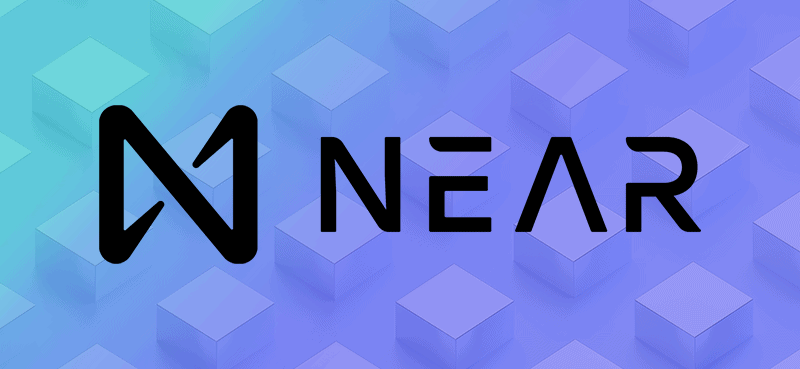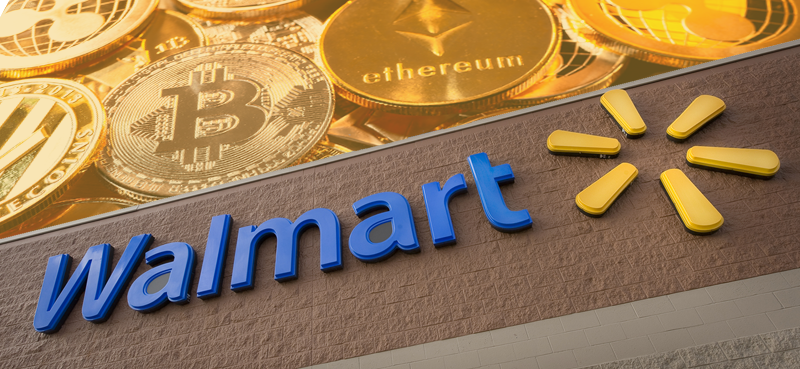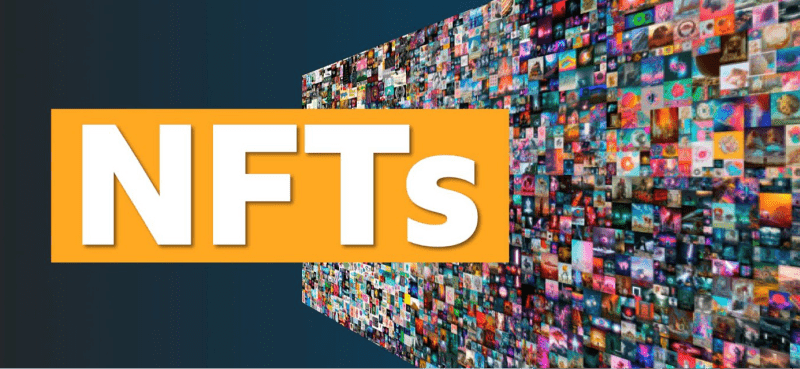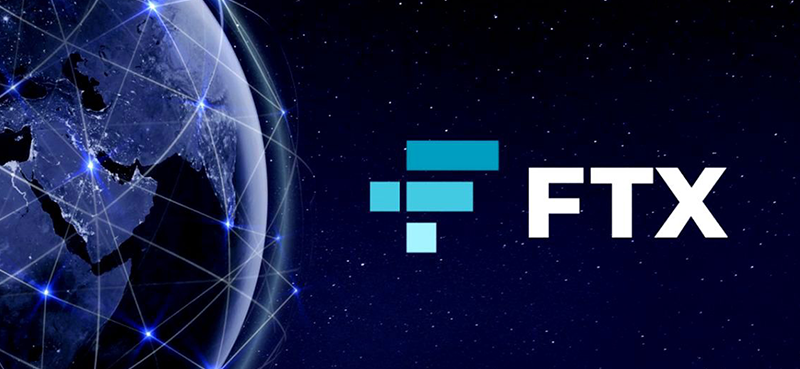This week’s letter focuses on only one piece of crypto news… for good reason.
One of the biggest tech companies in the world has just partnered with a crypto most folks have never heard of… but it could soon give Ethereum a run for its money.
Google Cloud announced it will provide infrastructure and tech support for Near Protocol (NEAR)’s startup Pagoda project, the first-ever Web3 platform where developers can build and launch new blockchain products.
The Pagoda platform comes with all the tools needed to start a project instantly. In simple terms, it will allow musicians, artists, and other content creators to launch their products and keep their earnings (instead of big corporations taking a cut).
It’s a bit ironic, since Google is a tech giant that profits off its users’ data… while Pagoda aims to help push big businesses out of the picture.
So before we dig into the details of Near Protocol, let’s look at what’s driving its growth story… and why Google is backing it…
Why crypto investors are searching for an ‘Ethereum killer’
Everyone knows Ethereum… it’s one of the largest blockchains in the world… and arguably the face of the crypto sector (alongside Bitcoin).
Ethereum is a decentralized blockchain that allows users to securely send and receive digital assets.
The Ethereum blockchain also has its own currency, ETH, which is used around the world to purchase NFTs, virtual land, and exchange currencies. There are over 1 million ETH transactions a day. And the company has a market cap over $162 billion—larger than Goldman Sachs or IBM.
Ethereum’s network is a thriving ecosystem with thousands of projects, including NFT platform OpenSea… which chose Ethereum’s blockchain due to its increasing scalability and security features.
But there’s a major problem: the Ethereum network comes with ridiculously high fees of up to $20 per transaction. In short, it’s expensive to use… even after last month’s upgrade.
Ethereum is obviously a huge, successful network. But it’s going to lose users and new projects to other blockchains if its transaction fees don’t come down substantially.
Put simply, Ethereum’s problems create a huge opportunity for projects like Near Protocol to attract users and developers to their platforms.
Why Google is partnering with NEAR
Google’s new partnership with Near Protocol gives us a hint about which blockchain could be the biggest winner from Ethereum’s troubles.
Like Ethereum, Near Protocol’s blockchain uses a proof of stake system that allows developers to build decentralized applications (Dapps).
Since its start in 2018, it’s built a community-run cloud system that’s constantly evolving… and its developers are creating an environment where Dapps can thrive.
So far, NEAR has over 20 million users, 200 million total transactions… and its blockchain handles nearly 400,000 transactions a day.
NEAR is already faster and more scalable than Ethereum… and it’s only been around for four years. In simple terms, “scalability” refers to how well a blockchain handles large amounts of transactions without losing speed… and whether it has the ability to handle even more transactions over time.
The NEAR blockchain can process nearly 100,000 transactions per second… and its fees are pennies on the dollar. The average cost to send funds on the blockchain is just $0.45. Ethereum’s variable fees can cost up to 40 times as much.
NEAR is obviously smaller than Ethereum… but its growing ecosystem contains 800 projects and counting. Competitors like Elrond have roughly the same amount… but their blockchains have been around much longer.
NEAR is achieving its scalability through a unique process called “sharding.”
Sharding involves breaking the blockchain into smaller versions of itself… which helps the network clear transactions faster.
Only a few cryptocurrencies (Elrond and Zilliqa) use this revolutionary technology… and NEAR uses its own sharding version called “Nightshade.”
NEAR is close to becoming completely reliant on the sharding process… and is on track to become the first blockchain to do so.
Ethereum plans to incorporate sharding into its blockchain next year. But it will be lagging behind NEAR.
In sum, NEAR’s blockchain has several advantages over Ethereum’s… and plenty of runway for growth. Its Web3-focused Pagoda project promises to bring even more users to its platform.
Pagoda is Google’s entryway into the exploding Web3 space, or the next generation of the internet. It’s accessing new coding data that could help Google create its own blockchain… and develop its own Web3 platform.
Will NEAR kill Ethereum?
Ethereum has been around for over a decade… Its network is arguably the backbone of the crypto market… And ETH is the currency used throughout the industry. Ethereum isn’t going anywhere anytime soon.
But NEAR has a huge opportunity in front of it. Right now, over $73 billion worth of crypto is locked up in smart contracts across 151 cryptocurrencies. Ethereum tops the list, with over $54 billion total value locked (TVL).
NEAR ranks 14th on the list, with $370 million in TVL. In order for NEAR to climb the list, it will need to adopt more protocols and projects… which will ramp up transaction volume on its network.
But if NEAR captures just 10% of the overall market, that’s roughly $7.3 billion added to its ecosystem… which would likely send its token exploding higher.
But before investing in any crypto, take a close look at the project’s token structure…
Tokenomics 101
I’ve researched tons of cryptocurrencies… many with great management teams, functional utilities, and promising roadmaps. But most come with a major fundamental problem: There are millions—or even billions—of coins that have yet to enter circulation.
These “uncirculated” tokens create a major potential drag on a coin’s price. In most cases, no one knows when (or how many of) these coins will hit the market. But the selling will almost certainly have a negative effect on prices. It’s basic supply and demand: more supply is always a bad thing for prices.
For example, the infamous Terra Luna crash happened because the company dumped massive amounts of LUNC coins onto the market to try to prop up its stablecoin. Today, there are over 6 trillion LUNC tokens in circulation… which is why the price is down more than 99% from its all-time highs.
NEAR has a circulating supply of roughly 811 million tokens… vs. a total max supply of 1 billion tokens. In other words, 81% of NEAR tokens have already been released.
Keep in mind that the total supply is fixed, which means there’s less room to push the price down if more tokens are released.
Is NEAR a buy?
While I’m bullish on NEAR… investors need to be careful as long as we’re in a “risk-off” environment.
Put simply, rising interest rates are putting pressure on all financial assets: stocks, bonds, and crypto.
Last week’s inflation data came in hotter than expected… and the Fed is aiming to raise its benchmark interest rate to around 4.75% by the end of the year.
As I mentioned last week, high interest rates are especially bad for risky assets. If interest rates go above 5%, it could devastate the crypto market… as investors sell risky assets and buy safer assets like short-term Treasury bills.
For now, it’s best to wait out the storm. In this kind of volatile market, I wouldn’t be surprised to see NEAR drop 20% on no major news.
Once the Fed eases up on its rate hikes, I’d recommend looking into NEAR as a long-term holding.
If you’re interested, NEAR trades on ftx.us.
P.S. When the crypto market rebounds, you’re going to want cash in hand to take advantage of the incredible bargains in this sector…
And right now, the Moneyflow Trader strategy is generating staggering returns… often in weeks.
Go here to see how it works… and take advantage of Frank’s incredible “market crash” discount.




















